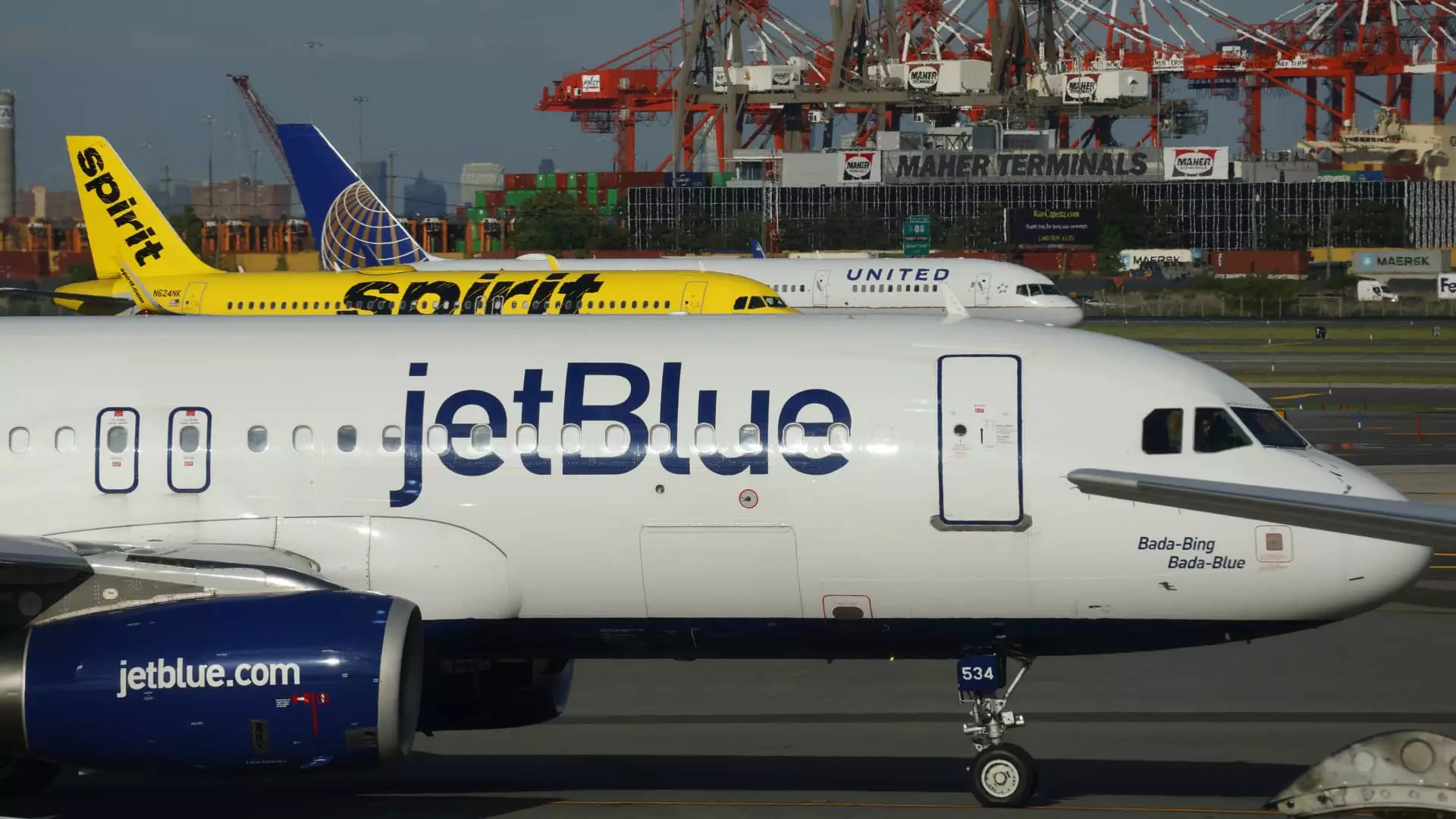Airlines across the globe have been grappling with financial challenges, particularly low-cost and deep discounter carriers. In an attempt to save money and navigate the impact of engine repairs, many airlines are deferring the purchase of new aircraft. This strategic shift comes as airlines strive to return to profitability in the face of increased costs and competitive pricing in the market.
The decision to delay aircraft deliveries has significant implications for airlines’ growth plans and revenue streams. Carriers like Spirit Airlines, JetBlue Airways, and Frontier Airlines, which last posted profits in 2019, are now faced with the task of realigning their strategies to adapt to the changing market dynamics. While larger carriers have managed to achieve profitability, the challenge remains for budget airlines to find a balance between growth and financial sustainability.
The airline industry as a whole is experiencing a scarcity mindset when it comes to new, fuel-efficient aircraft. Despite the deferrals seen among low-cost carriers, the demand for airplanes remains high, particularly for models like the Airbus A320 and the Boeing 737 Max. This imbalance in supply and demand has led to soaring lease rates for new aircraft, creating additional financial strain for airlines looking to expand their fleets.
Airlines are adopting various strategies to manage costs and mitigate the challenges posed by delayed aircraft deliveries. Some carriers have opted to defer orders and extend lease agreements to save billions of dollars in the long run. Additionally, airlines are exploring sale-leaseback options to generate much-needed cash flow while maintaining operational flexibility. These strategic moves reflect the industry’s proactive approach to navigating the current economic landscape.
In addition to financial pressures, airlines are contending with operational challenges stemming from engine recalls. Grounded jets and maintenance issues related to engine problems have further complicated the industry’s efforts to streamline operations and maintain profitability. Balancing the need for growth with the constraints imposed by grounded aircraft presents a dual challenge for airlines seeking to optimize their fleets and operational efficiency.
Suppliers like Boeing and Airbus are also facing limitations in ramping up aircraft production, exacerbating the delivery delays that airlines are experiencing. Skilled worker shortages and supply chain disruptions have contributed to the slow increase in output, impacting airlines’ ability to receive new aircraft in a timely manner. As a result, carriers must adapt their fleet plans and growth strategies to accommodate these external constraints.
Despite the challenges faced by airlines in the current economic climate, industry stakeholders remain optimistic about the future. While deferred aircraft purchases and supply chain disruptions pose immediate hurdles, the long-term outlook for the aviation sector remains positive. Airlines are leveraging their flexibility and strategic partnerships to overcome obstacles and position themselves for sustainable growth in the post-Covid era.
The challenges faced by airlines in deferring new aircraft purchases reflect the broader economic uncertainties plaguing the industry. By adopting strategic cost-saving measures, navigating operational hurdles, and staying resilient in the face of supplier limitations, airlines can weather the storm and emerge stronger in the evolving aviation landscape.

